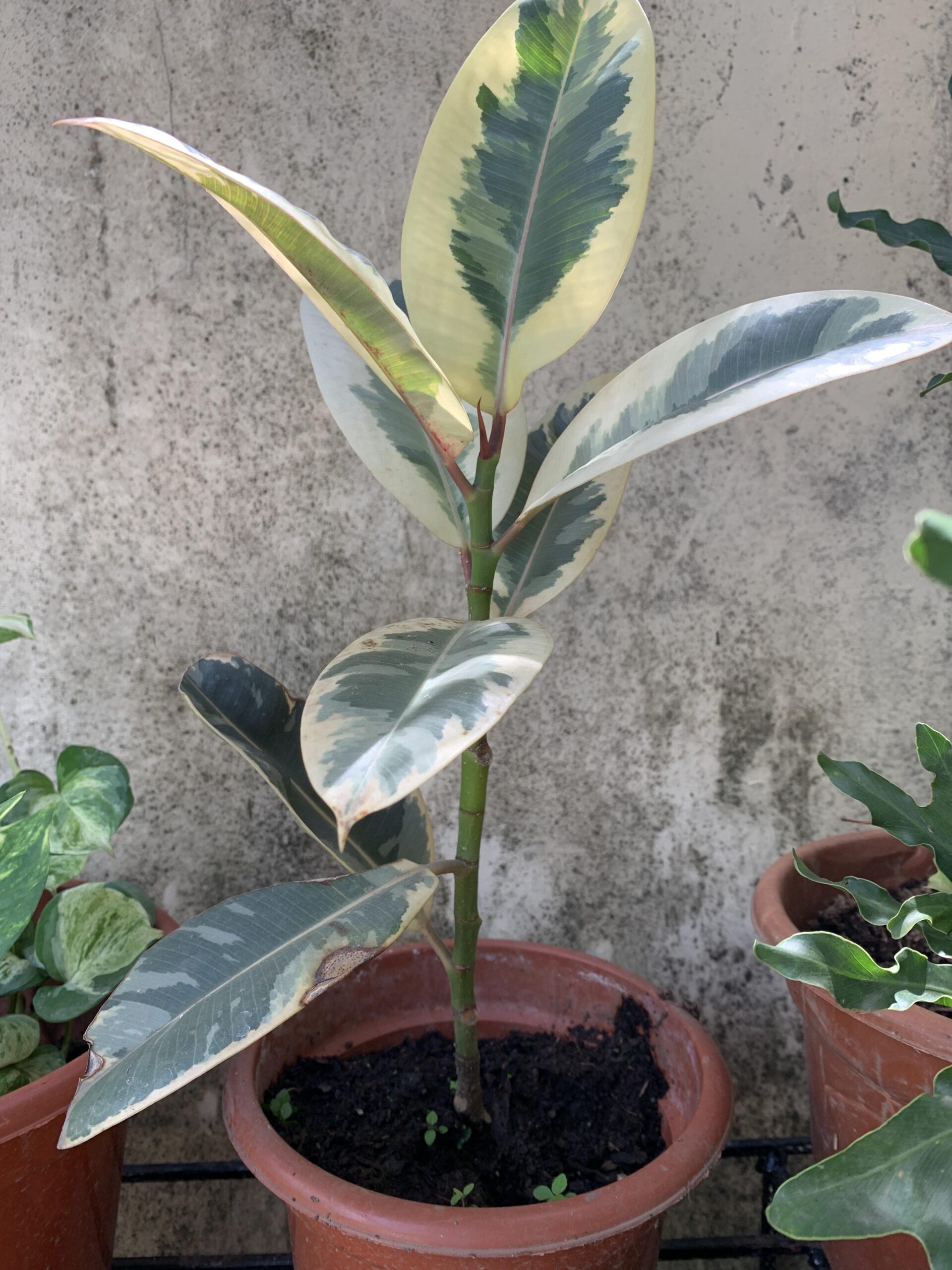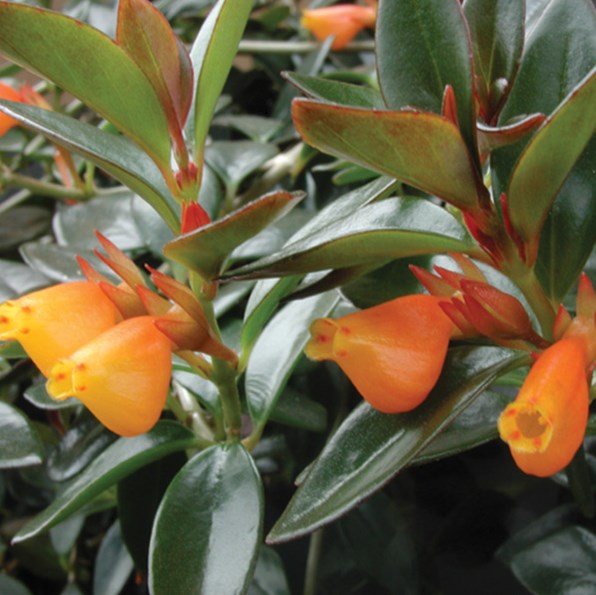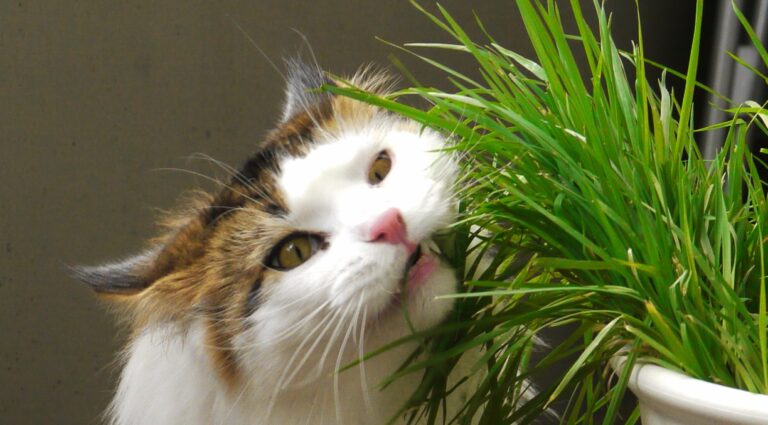Preventing Leggy Growth
To maintain a healthy, well-proportioned goldfish plant, understanding the causes of leggy growth and effective pruning techniques is essential.
Causes of Leggy Goldfish Plants
-
Insufficient Light:
- Inadequate lighting can lead to leggy growth, reduced flowering, and pale or yellowing leaves. Ensuring your goldfish plant receives sufficient light is crucial to prevent these issues. Relocate the plant to a brighter spot if necessary. For more information on optimal light conditions, check out our guide on goldfish plant light. (Healthy Houseplants)
-
Overwatering and High Humidity:
- Overwatering can promote leggy growth and other health issues. Similarly, overly high humidity can also contribute to this problem. It’s important to follow proper watering guidelines to keep the plant healthy. Explore our page on goldfish plant watering for detailed instructions. (The Spruce)
-
Inappropriate Pot Size:
- A pot that is too large can cause the plant to put energy into leggy growth rather than developing bushier foliage. Consider repotting your goldfish plant into a smaller pot to help control its growth. For potting details, see our advice on goldfish plant pot size. (Garden Lovers Club)
-
Lack of Pinching Back:
- Not pinching back the plant after it stops blooming can lead to leggy growth. Pinching encourages fuller growth by redirecting the plant’s energy towards producing more foliage and blooms.
| Causes of Leggy Growth | Solutions |
|---|---|
| Insufficient Light | Move to a brighter location |
| Overwatering and High Humidity | Follow proper watering guidelines |
| Inappropriate Pot Size | Repot into a smaller pot |
| Lack of Pinching Back | Regularly pinch back after blooming |
Pruning Techniques
-
Timing:
- Pruning should be done in early spring before the growing season begins. This ensures the plant’s energy is redirected towards developing a stronger structure and producing showier blooms. (Southern Living)
-
Method:
- Trim back long, gangly stems to promote a bushier appearance. Make clean cuts just above a leaf node to encourage new growth. Pruning not only helps the plant grow more compact and dense but also stimulates overall health and vitality.
-
Frequency:
- Regular pruning is essential to maintaining the shape and health of the goldfish plant. Consistent pruning can prevent leggy growth and ensure a robust, attractive plant.
For more specialized advice on caring for your goldfish plant, including proper potting, watering, and lighting, visit our comprehensive goldfish plant care instructions. Additionally, if you notice other issues such as leaves falling off or stems turning brown, check our troubleshooting guides.
Care Tips for Goldfish Plants
Ensuring the proper care of your goldfish plant can prevent issues such as leggy growth and promote healthy, vibrant blooms. Here are some essential care tips for gardeners looking to maintain their goldfish plants.
Proper Potting and Repotting
Selecting the right pot and repotting at the appropriate times are crucial for the health of your goldfish plant. Goldfish plants prefer well-drained soil that retains moisture without becoming soggy (36vine). Using a pot that is too large can lead to leggy growth. A smaller pot ensures the roots are snug, encouraging more balanced growth.
| Pot Size | Repotting Frequency |
|---|---|
| Small (6-8 inches) | Every 1-2 years |
| Medium (8-10 inches) | Every 2-3 years |
When repotting, ensure you use a soil mix that is well-draining. This can prevent root rot and other moisture-related problems. Consider moving your plant to a location with more light if it’s showing signs of legginess (Garden Lovers Club).
Watering and Temperature Considerations
Proper watering is essential for preventing leggy growth in goldfish plants. Overwatering and high humidity can lead to leggy, sparse growth (The Spruce). Goldfish plants should be watered regularly, but the soil should be allowed to dry out slightly between waterings.
| Watering Frequency | Temperature Range |
|---|---|
| Weekly or bi-weekly | 65-75°F (18-24°C) |
Goldfish plants thrive in environments with bright, indirect sunlight. Placing them near east or west-facing windows can provide the adequate light they need without direct sun exposure which can scorch the leaves (36vine). Proper temperature and humidity control are also essential. High humidity can be counteracted by ensuring good air circulation around the plant.
For additional care tips, including fertilization and pruning techniques, check out our comprehensive goldfish plant care instructions.
By following these care tips, gardeners can prevent their goldfish plants from becoming leggy and enjoy vibrant blooms and healthy growth. Remember to adjust care routines based on the plant’s specific needs to maintain its overall well-being.




